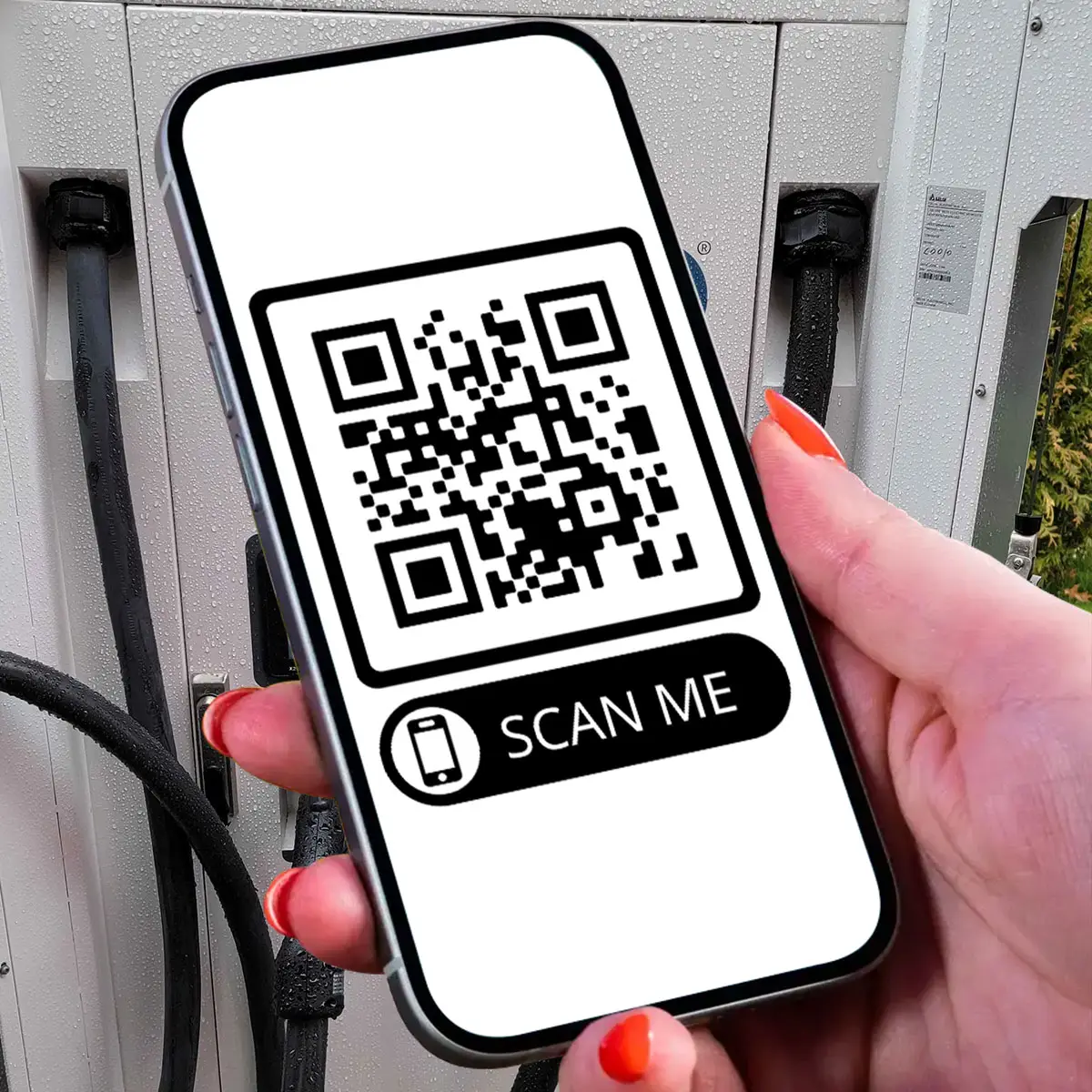2024 Capstone
UX Design ProjectReal-Time EV Charge
iOS Mobile App
I conducted interviews to gather feedback, analyzed data with thematic analysis, and created user personas and journey maps. Using Figma, I developed a design system for consistent wireframes, transforming them into interactive prototypes for user testing to ensure the final product meets user needs.
User
Research
8 User
Interviews
Thematic
Analysis
Lo-Fidelity
Wireframes
Mid-Fidelity
Wireframes
Hi-Fidelity
Wireframes
Customer Problem Statement
The Current State of the
EV Charging Infrastructure (non-Tesla)
Poses a significant challenge across the EV ecosystem, from owners to infrastructure providers. Existing solutions often lack seamless integration, real-time data, and user-centric design, leading to frustration and inefficiency.
Research Plan
EV Infrastructure
Before building out the iOS mobile app in Figma, I conducted user research on the current EV charging infrastructure, gathering insights to identify pain points and user needs for an effective solution.
Participant Docs
User Testing
I created the necessary participant documents to detail the current EV charging infrastructure survey and user testing study, ensuring a clear breakdown of objectives, methodologies, and participant guidelines.
Detailed Presentation
Project Brief
Following initial research, I developed a concise 44-slide presentation highlighting critical insights and improvement opportunities in the current landscape. This brief overview aimed to inform stakeholders and guide further development of our app concept.
Conduct User Research
Charging Forward:Illuminating Pathways with
EV Infrastructure Inquiries
User research blends quantitative and qualitative data to grasp user behaviors, preferences, and needs effectively. Through surveys and analytics, I quantified trends, while interviews and observation provide deeper insights into user experiences, motivations, and pain points. This holistic approach informs user-centered design solutions.
Analyze User Data
Charging Ahead:Crafting Your EV Charging
Interface with Precision
By following a structured approach, I effectively gathered user requirements, insights, and feedback to inform the design and development of your EV charging interface.
By actively listen to users, remaining flexible in my approach, and adapting the discussion as needed to accommodate a diverse perspectives and experiences.
The Triggers & The Crisis Moments
Online Articles
Tesla + Auto Manufacturers Merger
During the research process for the current EV charging infrastructure iOS mobile app, I encountered numerous online articles discussing various auto manufacturers merging with Tesla. These articles complicated the research, making it more challenging to find a suitable solution due to the constantly evolving partnerships and industry dynamics.
BMW + Electrify America
Charging Bundle Included with the
Purchase of New BMW i Vehicle
Rivian Turbocharges Travel
Adding Tesla Chargers for EV Owners
Ford Powers Up
Secures Access to
Tesla’s Charging Stations Early 2024
Polestar & Volvo Plugs In
Unleashing Tesla’s Charge Port For EVs Starting 2025
Visualizing User Experiences
Mapping the Journey
Understanding Our Audience
I created detailed user personas and journey maps in Figma to better understand our target market. These tools allowed me to visualize user behaviors, needs, and pain points, helping to inform and guide the design process for our project.
User Persona
Lorem Ipsum Sit amet Dolor
View PersonaJourney Maps
Lorem Ipsum Sit Amet Dolor
View Journey MapsThe Wireframes Solution
From Sketch to Screen
Crafting Wireframe Prototypes
Lo-Fidelity Wireframes
Sketching Success: Crafting Lo-Fidelity Wireframes for Design Exploration
Crafting lo-fidelity wireframes in Figma sets the foundation for your digital design journey. By focusing on layout, structure, and functionality at a basic level, you can quickly iterate and explore various design ideas. With Figma’s intuitive tools and collaborative features, you can seamlessly transition from brainstorming to visualization, ensuring your concepts are brought to life efficiently and effectively.
Mid-Fidelity Wireframes
Unlocking Design Potential: Crafting Mid-Fidelity Wireframes for Interactive Brilliance
In crafting mid-fidelity wireframes using Figma, I’ve striked the perfect balance between detail and simplicity. These wireframes provide a clearer visual representation of the final product, allowing for more in-depth user testing and feedback. With Figma’s intuitive design tools, we can efficiently iterate and refine our designs to ensure they meet user needs and project objectives.
Hi-Fidelity Wireframes
Polished Precision:Hi-Fidelity Wireframes for Seamless User Experiences
Creating hi-fidelity wireframes in Figma involves translating the detailed design concepts into interactive prototypes with pixel-perfect precision. By refining the visual elements, typography, colors, and layout, these wireframes offer a realistic representation of the final product. Incorporating intricate user interactions, animations, and responsive design principles further enhances the user experience and provides stakeholders with a comprehensive preview of the digital product’s functionality and aesthetics.
2024 Capstone UX ProjectEV Charging iOS App
I conducted interviews to gather feedback, analyzed data with thematic analysis, and created user personas and journey maps. Using Figma, I developed a design system for consistent wireframes, transforming them into interactive prototypes for user testing to ensure the final product meets user needs.




